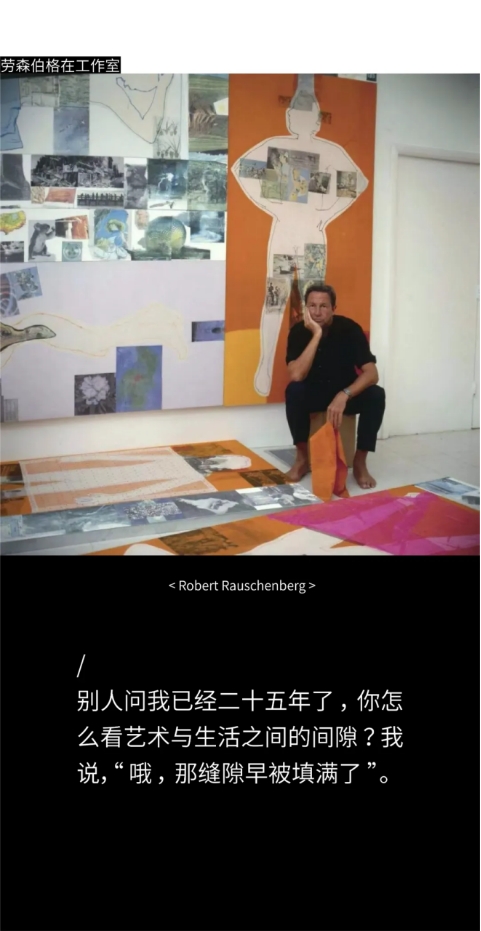

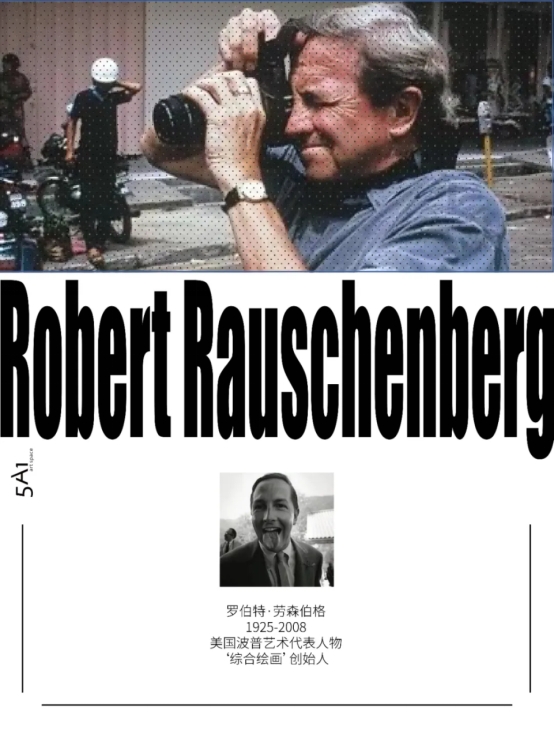
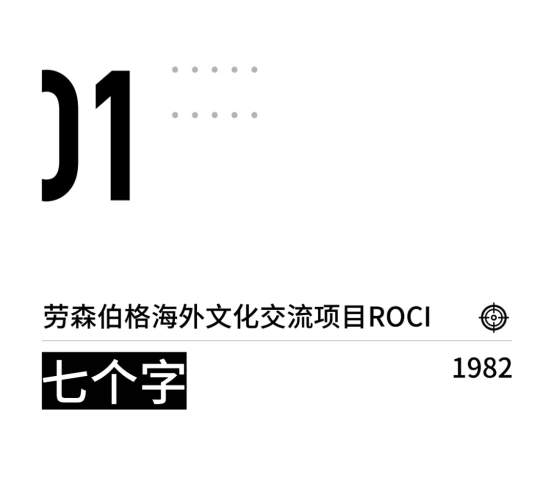
In 1982, Robert Rauschenberg came to China for the first time with a Hasselblad camera and the artist's unique sensitivity. He also brought 30 boxes of art works to visit a handmade papermaking workshop in Jingxian County, Anhui Province, intending to take a look at the prestigious Xuan paper manufacturing process. At that time, he was already a world-renowned artist, a representative and promoter of abstract expressionism and pop art.

The trip was not smooth. He wrote in a postcard: "Tomorrow, if some new obstacles don't occur, we'll move further in to China to the town of the papermill where not only no alien ever been, but they are setting up a mill in the place we will be staying. For some reasons the mill is of limits. We have become a little exotic community within ourselves. I will need all the luck. I can find to make this one work. Great practice for overseas trip. Mall is improbable."
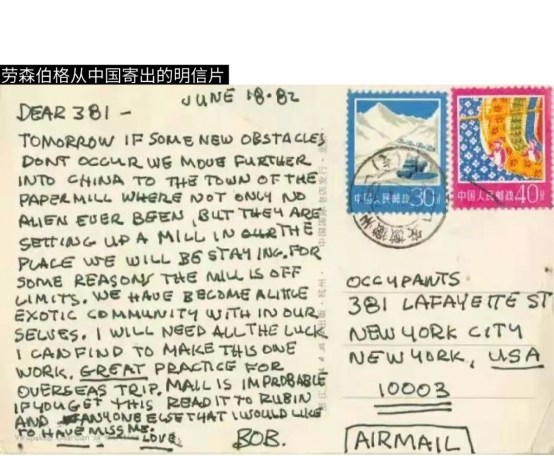
In the end, Rauschenberg and his team were unable to enter the papermaking workshop, but he conveyed his ideas to the papermakers, and with their assistance, he completed 70 sets of collage works - "Seven Words". Rice paper, silk and fragmented folk print images were integrated into the paper pulp, and since then, Pop Art and China have intersected.
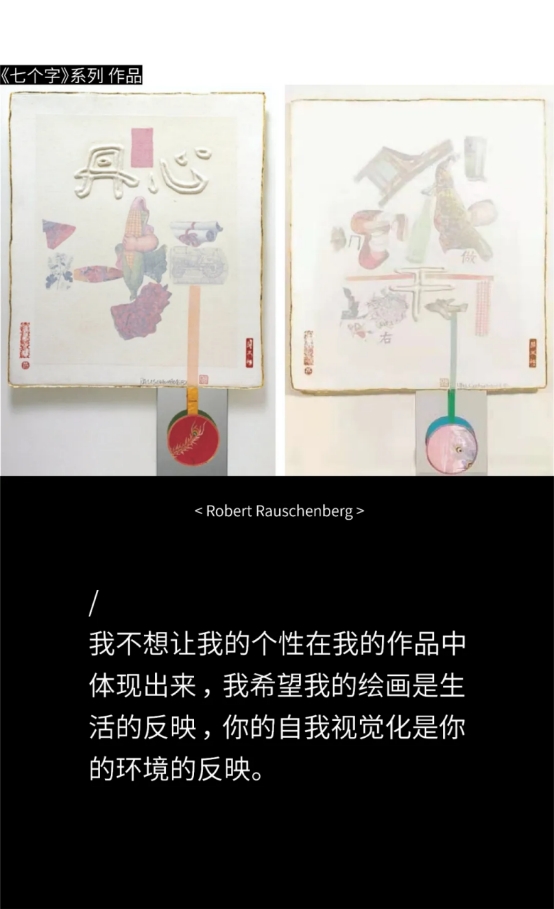
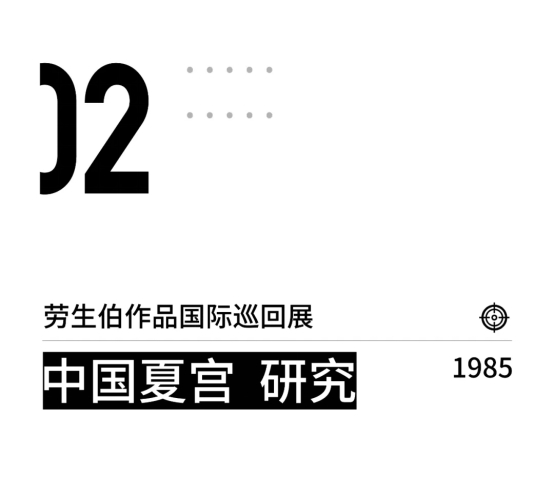
In November 1985, Rauschenberg came to China again in the name of ROCI with the ideal of artistic exchange and cooperation. He held an exhibition at the National Museum of China (now the National Art Museum of China), exhibiting 47 mixed collage works of oil paint, cloth, photos, newspapers, animal specimens, etc., which attracted more than 300,000 visitors in more than three weeks. In December, he toured the Tibet Exhibition Hall in Lhasa. People used "empty streets" to describe the scale of the exhibition. This was because Chinese people had never seen such paintings at that time, which subverted the aesthetic standards of Chinese people. Theorists also had mixed comments on it, which caused heated discussions at the time. "They are excited about the concept" is what Rauschenberg felt. Many of them became direct promoters of the "85 New Wave", such as Huang Yongping, Gu Wenda and others, and are also the backbone of contemporary Chinese art today. Rauschenberg has thus become the "enlightener" of contemporary Chinese art, inspiring Chinese artists to think about the contemporary transformation of traditional Chinese media.
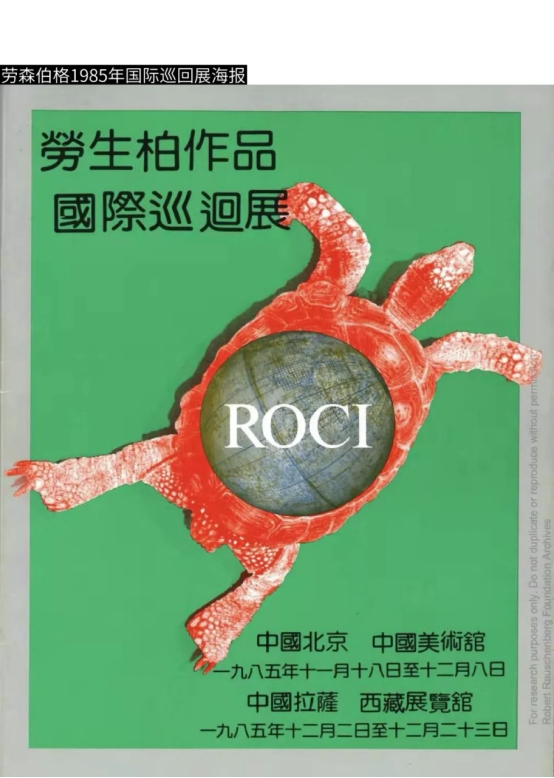
The exhibition also displays 80 rolls of color photographs taken by Rauschenberg with a Hasselblad camera during his visit to China in 1982, "Study for the Chinese Summer Palace". This series of 100-foot-long color photographs depicts the daily life of China in the early days of reform and opening up.
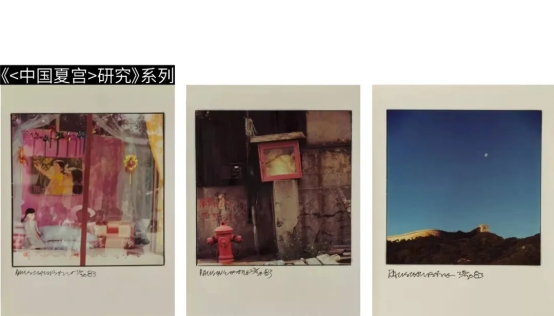
During the exhibition tour in Lhasa, local people were not interested in so-called contemporary art, but Rauschenberg found common ground between himself and Tibetan culture: praise for the most common things, such as the spirit in discarded things. A bone found on the street was regarded as a gold bar, any place could become a shrine, any crack in the wall was a holy place, and they called any place they arrived a pilgrimage.
Talking about the spiritual connection with the East, he said that he had long realized the similarities between his work and Zen Buddhism - uselessness. "Uselessness" is non-practical, a kind of religious impracticality, just like his work, without any secret hints, without any social and political ideas to convey, just let the object "be itself". Of course, this is also related to the courses Rauschenberg took at Black Mountain College in 1948 and the influence of John Cage on him.
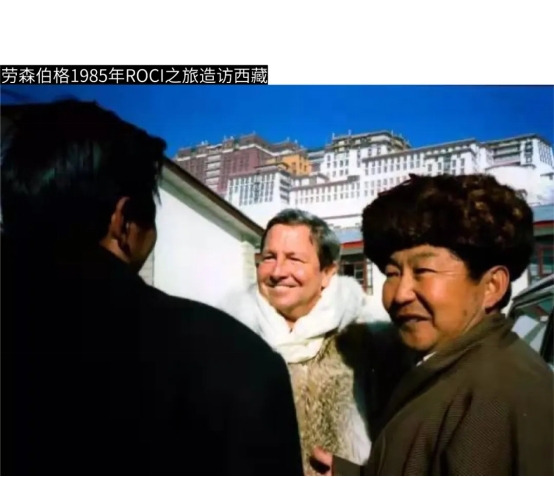
On January 6, 1986, Time magazine published the cover of "Man of the Year" designed by Rauschenberg, featuring Deng Xiaoping.
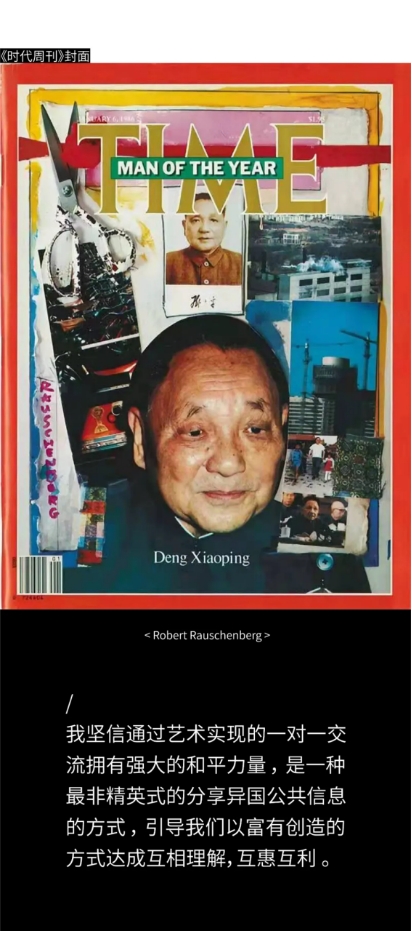
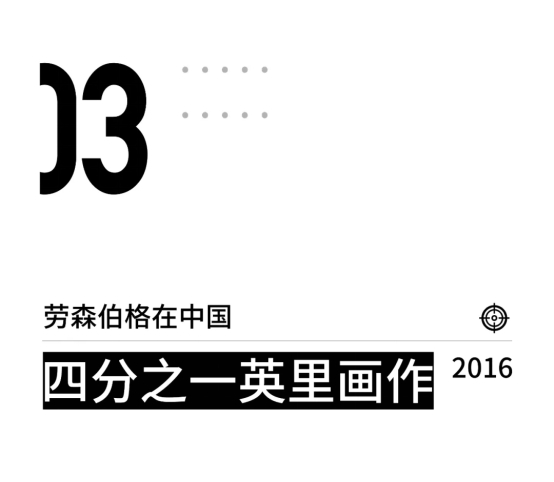
30 years later, in June 2016, he "returned" to China. The UCCA Center for Contemporary Art in Beijing exhibited "The Quarter Mile" through the "Rauschenberg in China" exhibition. This is a masterpiece that Rauschenberg spent nearly 20 years to create. It consists of 190 parts and is more than 1,000 feet (about 304 meters) long.
Like an excrescence that spills over the canvas, the large-scale painting “The Quarter Mile” is “a self-contained personal retrospective” for Rauschenberg, another attempt at three-dimensional collage, which includes a rich variety of everyday objects that reflect their past use. For example, patchwork quilts, colorful shirts and tablecloths—all recurring themes in Rauschenberg’s work are similar to his earlier “hybrid” series, now integrated and juxtaposed in an unexpected way. The work also includes audio that Rauschenberg recorded at home and while traveling: street noise in Cairo and the sound of waves crashing on the beach in Florida.
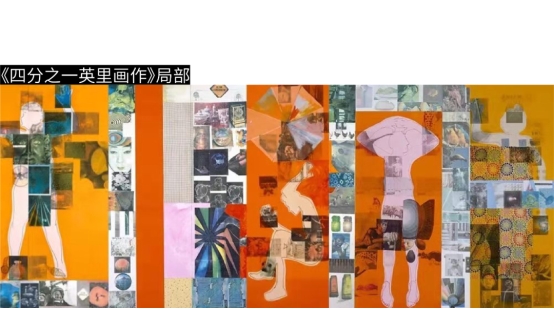
Rauschenberg said of this work in an interview: "It's like a diary, an appendage to something that already exists, so the presentation of this particular work is like putting unrelated things into context." He is depicting the world on this canvas, so he can't be stopped by size. "I want people to look at my work out of curiosity, to really experience it before getting satisfied; I hope satisfaction is not the next goal. Confusion allows the audience to find something about themselves... That is the ultimate meaning."
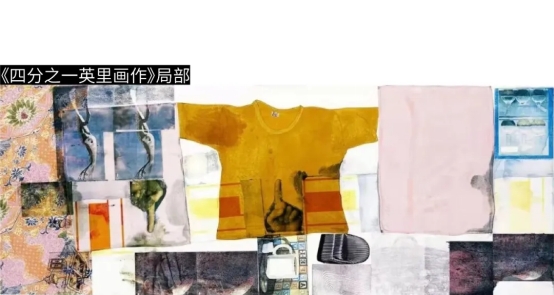
As American art critic Robert Hughes said, for Rauschenberg, a work of art can exist for any length of time, with any material (from a specimen of a sheep to a living human body), anywhere (on stage, in front of a TV, underwater, on the moon or in a sealed envelope), for any purpose (to incite, entertain, pray, threaten), and in any destination, from a museum to a trash can. "The Quater Mile" truly shows the eclectic nature of Rauschenberg's creation. For him, the gap between life and art has long been filled, and art is no longer an elite art that is out of reach for ordinary people, but appears in every corner of life.
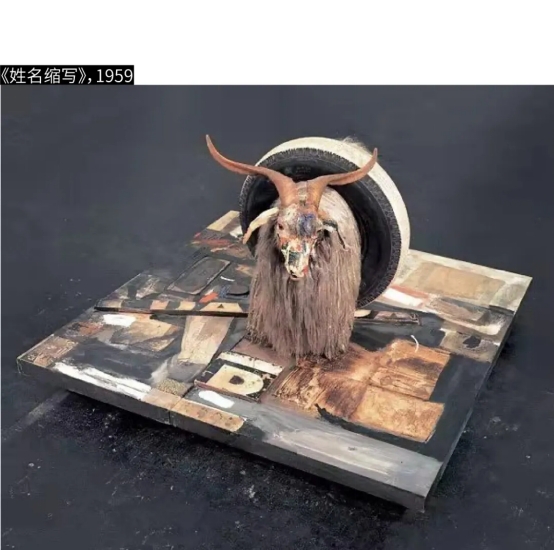
Goethe also said: "There is no better way to escape from the world than through art; and there is no better way to connect with the world than through art. The most beautiful meaning of art is to make people still have passion for life.
Until the end of his creative career, when he was in his 80s, Rauschenberg continued to explore art with a spirit of invention and a pursuit of new materials and technologies, which was a characteristic of his entire creative career. He said: "I even feel that the limitations of the world have become as small as itself, and I am trying to take advantage of this as much as possible. If I were not too old to leave the ground, I would like to go to the moon to have a look."
